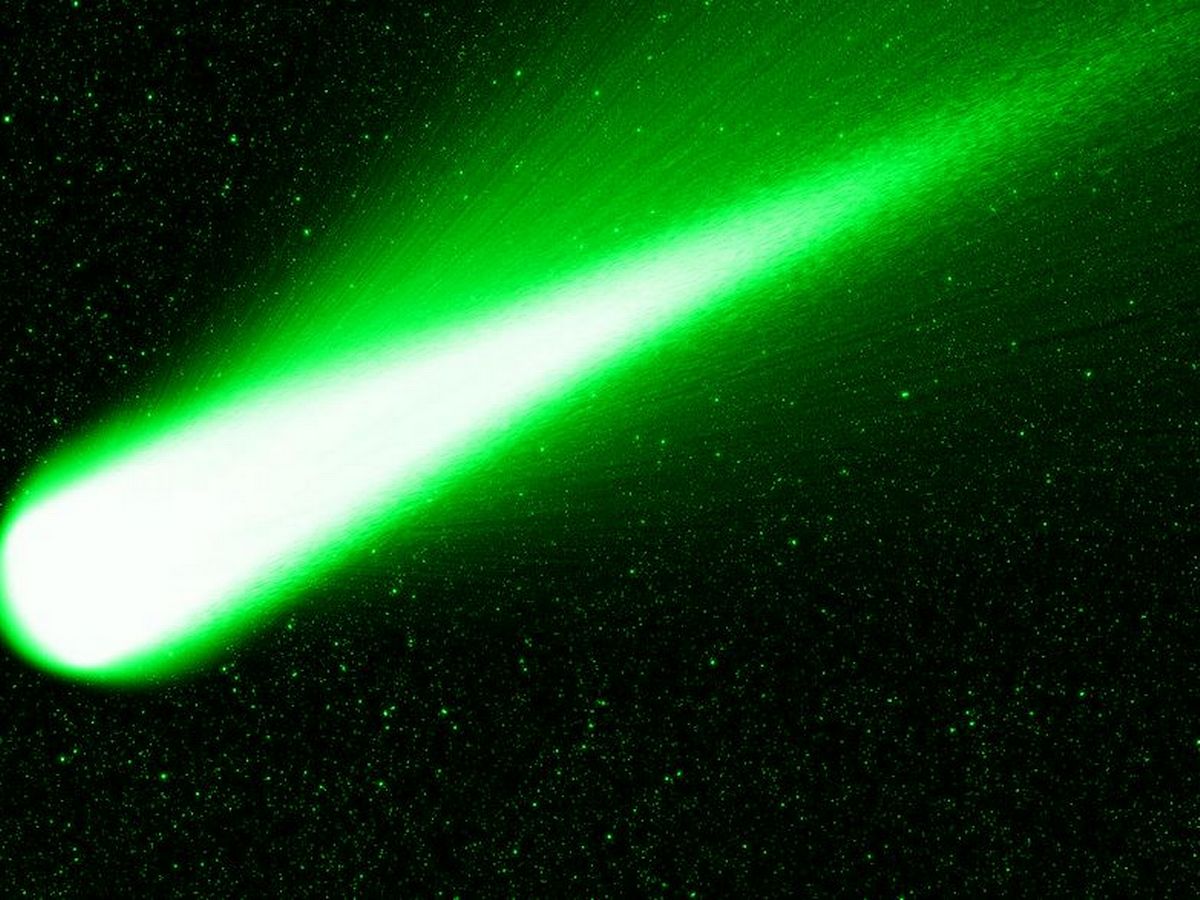 rare green comet, last seen around 50,000 years ago, will make its closest approach to Earth. This cosmic object, known as C/2022 E3 (ZTF), comes from the Oort cloud near the Solar System’s outskirts. It will pass nearly 45 million kilometers of Earth on February 1. The frozen ball orbits the sun once every 50,000 years, which implies it last passed Earth during the Stone Age, when Neanderthals roamed the world. Many comets have such vast orbits around our solar that it can take decades for them to return to our planet’s skies. Comets, such as the well-known Halley’s Comet, are only visible from Earth once every 75 years or so, making them once-in-a-lifetime events.
rare green comet, last seen around 50,000 years ago, will make its closest approach to Earth. This cosmic object, known as C/2022 E3 (ZTF), comes from the Oort cloud near the Solar System’s outskirts. It will pass nearly 45 million kilometers of Earth on February 1. The frozen ball orbits the sun once every 50,000 years, which implies it last passed Earth during the Stone Age, when Neanderthals roamed the world. Many comets have such vast orbits around our solar that it can take decades for them to return to our planet’s skies. Comets, such as the well-known Halley’s Comet, are only visible from Earth once every 75 years or so, making them once-in-a-lifetime events.
C/2022 E3 was discovered utilizing the Zwicky Transient Facility in California in March 2022. The comet’s green glow is caused by UV radiation from the sun illuminating the atmosphere surrounding its surface. C/2022 E3 has lately become bright enough to see with the naked eye in low-light environments.
What is a comet?
A comet is a tiny astronomical object that orbits the Sun made of ice, dust, and rock. As comets approach the Sun, the heat causes the ice to melt and emit gas and dust, resulting in a brilliant and visible coma around the nucleus. A comet is distinguished by its coma and a long, brilliant tail that always heads away from the Sun. They are thought to be early solar system relics, and their study can reveal knowledge about the formation and evolution of the solar system.
This process gives comets their distinctive dusty “tails,” which can appear to spread out behind them for millions of kilometers as they travel through the Solar System (in actuality, comet tails point away from the Sun).
The comet is assumed to have originated in the Oort cloud, a spherical layer of frozen particles lying between 2,000 and 100,000 astronomical units (AU) from our Sun.
To give you an idea of how far away that is, one AU is equal to the average distance between the Earth and the Sun, which is around 93 million miles.
Best Time to see the Comet
So, how can you view this comet for yourself, which won’t be seen again for another 50,000 years or so? On Wednesday and Thursday of this week, the comet will approach Earth at a distance of 27 million miles (1 and 2 February). The best time to see the comet is early in the morning, shortly before dawn.
Avid Writer with invaluable knowledge of Humanity!
Upcoming historian with over 30 million views online.
“You make your own life.”





